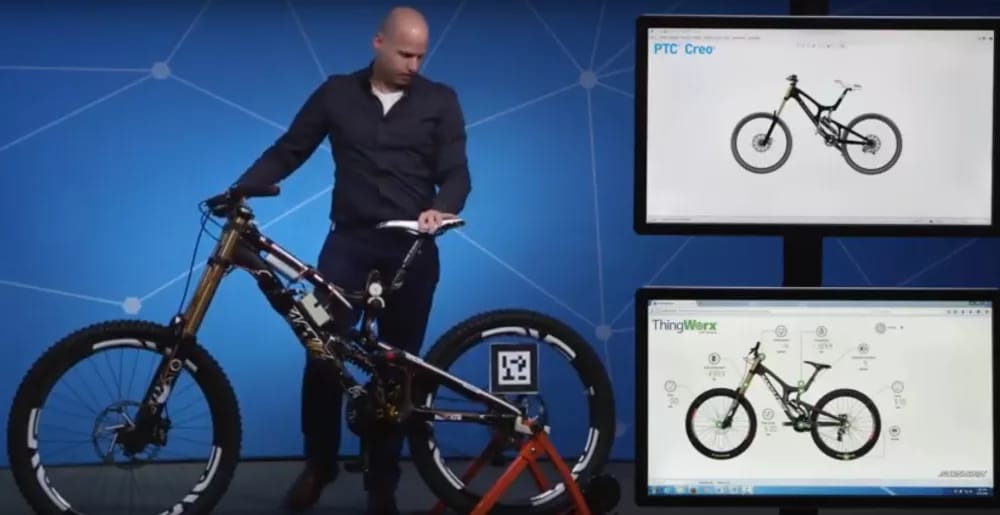
News of digital twins lands in the Engineer’s inbox.
A finger moves to the delete key. He has just processed a hundred emails clamoring for his attention—meeting requests, the calls for help that await him each morning. No wonder he’s so grumpy. He pauses. A glimmer of hope emerges. Maybe this it; they have figured it out. He swats the hope away in a moment of weakness. It’s impossible. Nobody can replicate a real-life object. God, if there is one, can make real twins. Programmers? Good luck. The email deleted. The inbox cleared—it’s still early in the day. Time to get to work.
But there is a knock on the door. A bright-eyed intern pops his head in. “Did you get my email?”
The Engineer hates that question. He gets a lot of email. Could you be more specific? He looks away from the screen slowly, trying to remember the intern’s name.
“The one about the digital twin,” persists the intern. He’s breathless with excitement.
That email is not going to go away easily. Neither is the broader subject of the digital twin. Nor are these interns. Oh, well. It’s too early to crush hopes and dreams. Better to … what’s the word they use? Oh, yes … nurture. Maybe there is actually a paradigm shift, a real breakthrough.
The Engineer invites the intern to have a seat.
The State of the Art
“Now what’s this about the digital twin?” asks the Engineer. He hopes the ensuing dialogue may impart some healthy skepticism where absolutely none presently exists. Or at least keep people from barging into his office with the latest marketing puffery.
“A digital twin is a computer-generated model of a real object,” says the eager intern.
Very good. Actually, a digital twin is only a notion. It is a notion based on the belief that an object in the real world can be completely modeled with computer data. We are not there yet—not even close. A digital twin—similar to its counterpart in real life, a twin in all ways—is impossible. Let me tell you why.
The Engineer wishes he could cue the theme from Mission Impossible.
But first, you should realize that when a company’s entire raison d’être is digital modeling of one type or another—like the email you sent me—you must dismiss their claims of a digital twin as hubris. A real twin, the human kind, if it is an identical twin, is virtually indistinguishable from its sibling. And that’s at birth. After that point, it gets even harder.
“But surely, there are aspects of digital duplicity that are accurate?” insists the intern, high on technology and the salvation it offers.
Possibly. This isn’t going to be as easy as the Engineer had thought. He’d have to dig deeper. Maybe unleash a rant. He wants to tell the intern how we have been making digital representations of objects for a long time, Son. For over 30 years that I’ve been in the business. Longer than you’ve been alive. Too much? He edits himself. It comes out as:
They have been making digital models for almost as long as there have been computers.
Though the digital representations have been getting better and more realistic, to date they fall short of real twin status. A CAD model of a part is an example. But a CAD model is about as similar to the part as a shadow is to the person making it. A CAD model may capture the shape of the part—possibly its appearance and a few of its physical attributes, such as mass. But it falls far short of the real thing.
Most obviously … and here he pauses for effect. It’s only in the computer. It’s digital. You cannot hold it in your hand.
“Holding it in your hand is overrated,” dismisses the intern, never before so bold. “If it looks like the real part, and acts like it, isn’t that close enough?”
Brushing aside the impertinence of youth, the Engineer resorts to a favorite parable.
Read more at ENGINEERING.com

